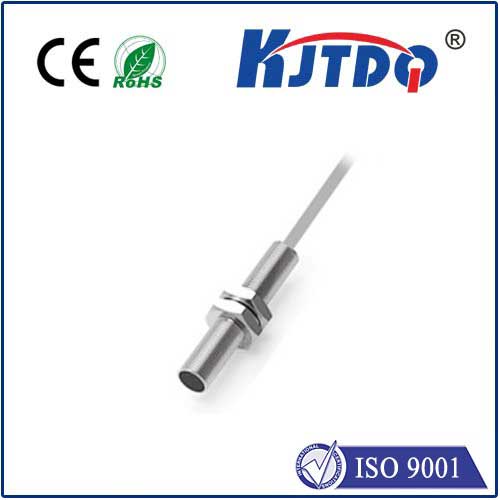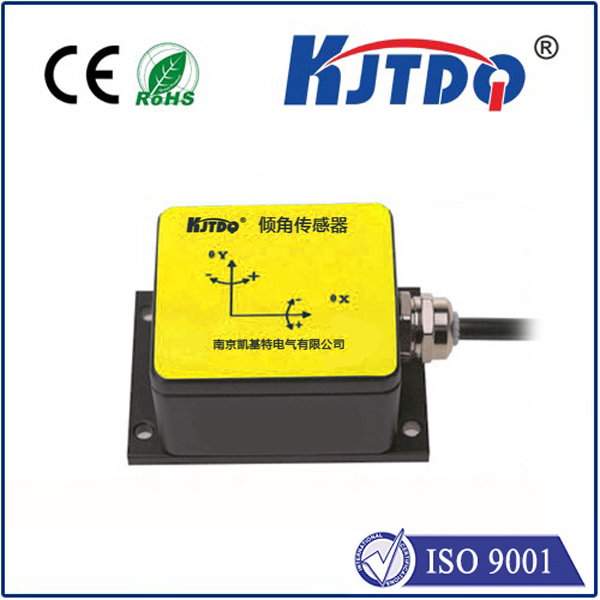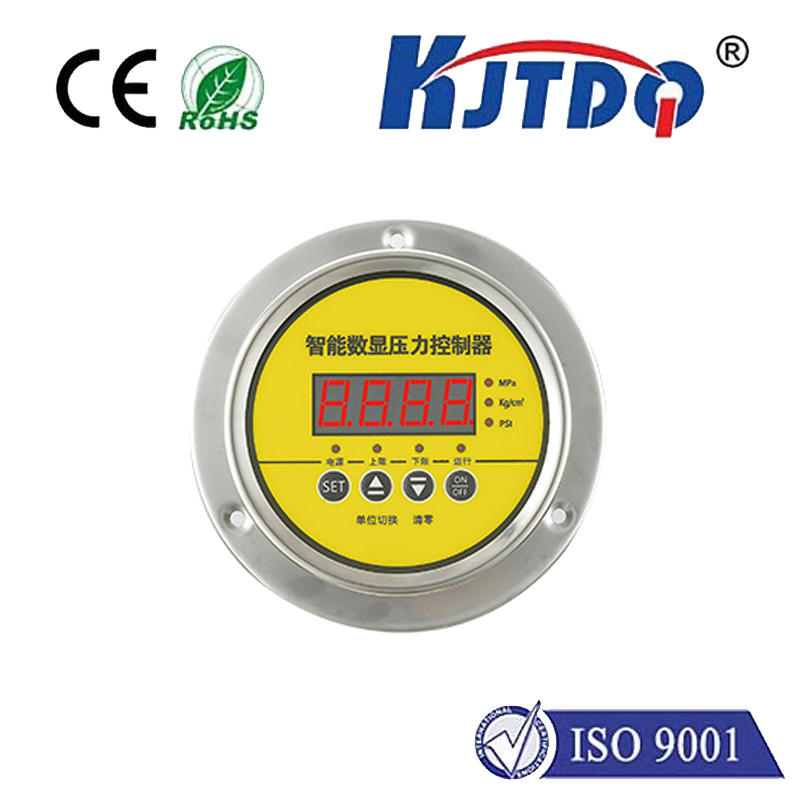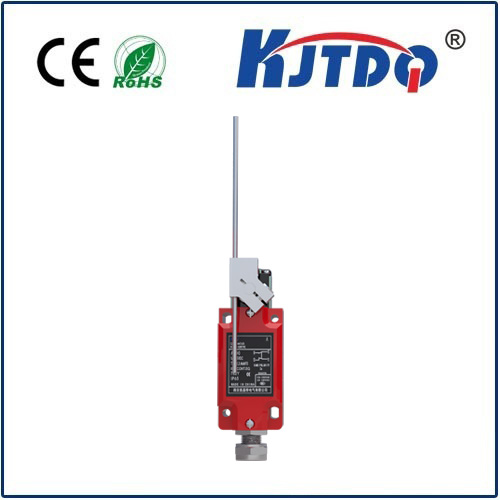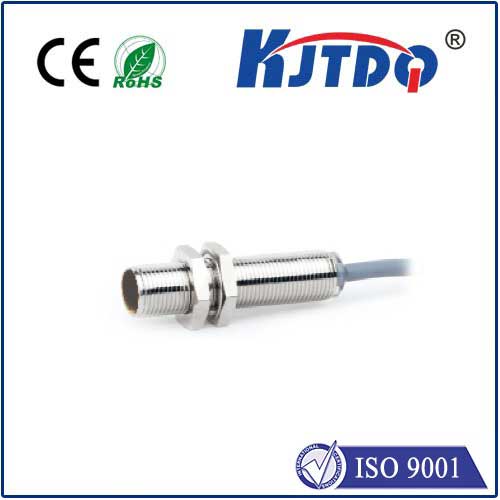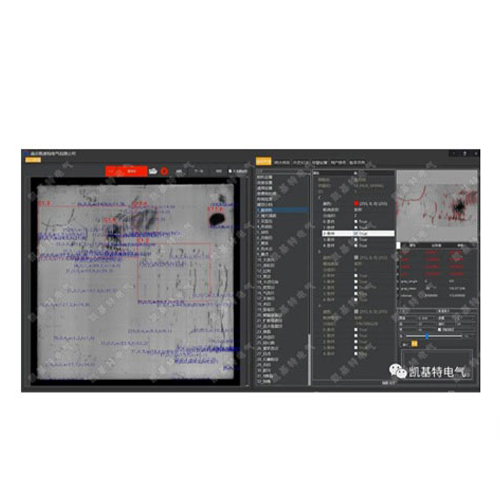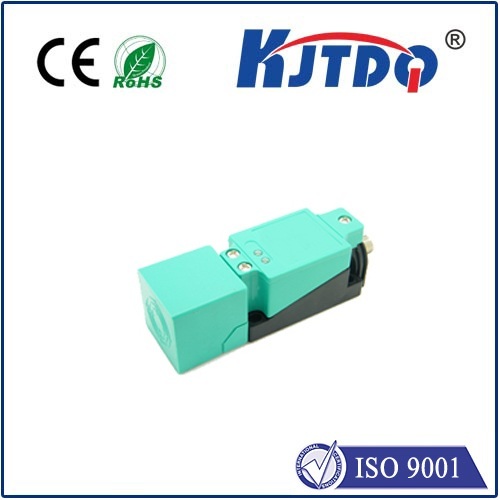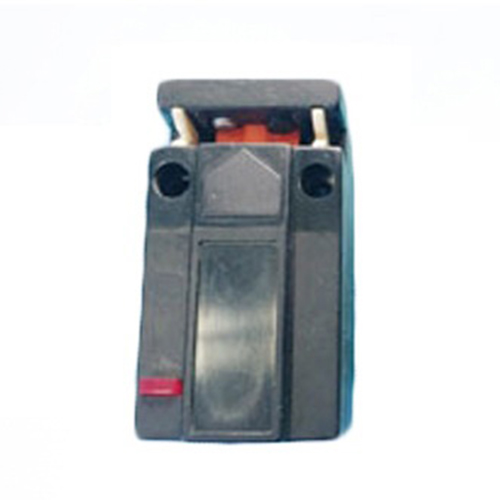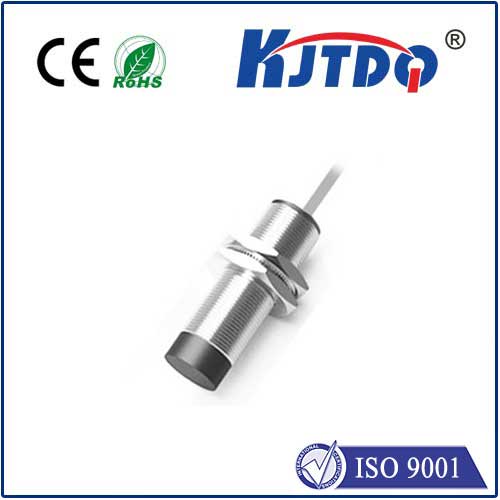aftermarket proximity sensors
- time:2025-06-13 01:18:22
- Click:0
Upgrade Your Detection Game: The Essential Guide to Aftermarket Proximity Sensors
That faint warning buzz preventing a multi-ton machine from collision? The invisible shield ensuring your forklift doesn’t nick a warehouse pillar? That silent guardian counting items on a high-speed conveyor belt? Chances are, a proximity sensor is working tirelessly behind the scenes. But what happens when the original sensor fails, becomes obsolete, or your needs evolve? Enter the dynamic world of aftermarket proximity sensors: the intelligent, cost-effective solution powering upgrades and replacements across countless industries.
Understanding the critical role proximity sensors play is foundational. These non-contact workhorses detect the presence, absence, or position of objects without physical touch, primarily using electromagnetic fields, infrared light, or ultrasonic sound. Found in automotive manufacturing, packaging lines, security systems, robotics, and even consumer appliances, they are fundamental to automation, safety, and precision. When the original equipment manufacturer (OEM) sensor falters or needs enhancement, aftermarket options step into the spotlight.

Choosing aftermarket proximity sensors isn’t merely about replacement; it’s often a strategic upgrade. Here’s why they are increasingly the go-to solution:
- Significant Cost Savings: This is often the most compelling advantage. Aftermarket sensors typically offer comparable or superior performance to OEM parts at a fraction of the cost. Bypassing the OEM supply chain markups translates directly to the bottom line, especially for bulk replacements or retrofits.
- Enhanced Availability & Reduced Downtime: Sourcing specific OEM sensors can be a logistical nightmare, involving long lead times or even discontinuation. Aftermarket suppliers often maintain vast inventories and offer readily available alternatives designed for cross-compatibility, minimizing costly production halts when a critical sensor fails.
- Performance & Technology Improvements: The aftermarket isn’t just about replicating the old. Many manufacturers leverage newer technologies, offering sensors with longer sensing ranges, faster response times, improved environmental resilience (higher IP ratings for dust/water resistance), better noise immunity, or enhanced energy efficiency compared to older OEM models.
- Customization & Flexibility: Need a sensor with a specific housing shape, connector type, or output signal (PNP/NPN, NO/NC) that differs from the original? The aftermarket often provides a wider array of form factors, connection options, and specifications, allowing for tailored solutions to fit unique application constraints.
- Retrofit Opportunities: Aftermarket sensors unlock the potential to modernize older machinery. Adding proximity detection capabilities to legacy equipment for automation, safety interlocks, or process monitoring becomes feasible without a complete system overhaul, breathing new life and functionality into existing assets.
However, navigating the aftermarket landscape requires informed decision-making. Not all aftermarket sensors are created equal. Here are crucial factors to consider:
- Compatibility is King: This cannot be overstated. Mismatched voltage, current output, switching logic (sourcing/sinking), or physical dimensions can lead to system malfunctions or damage. Scrutinize datasheets meticulously. Ensure the aftermarket sensor’s electrical specifications (operating voltage range, output current, PNP vs NPN, NO vs NC contacts) and physical characteristics (size, thread size, mounting style) align perfectly with the existing system requirements and the space available. Look for sensors explicitly marketed as compatible replacements for your OEM part number.
- Application Environment: Where will the sensor live? Consider extreme temperatures, potential chemical exposure, washdown conditions requiring high IP ratings (like IP67 or IP69K), vibrations, or exposure to metallic swarf (requiring non-ferrous targets for inductive sensors). Choosing a sensor with appropriate ingress protection and environmental ratings is critical for reliability and longevity.
- Sensing Requirements: Determine the required sensing distance, target material (metal, plastic, liquid), target size, and required output type (digital switch, analog, IO-Link for smart sensing). Inductive sensors excel with metals, capacitive handle non-metals and liquids, while ultrasonic and photoelectric sensors offer versatility for various materials at longer ranges. Selecting the correct sensing technology is paramount.
- Supplier Reputation & Quality: Opt for reputable aftermarket suppliers known for quality control and adherence to international standards (e.g., CE, UL, RoHS). Beware of tempting offers that seem too cheap; inferior components may fail prematurely, leading to repeated costs and downtime. Read reviews and seek recommendations.
- Certifications & Approvals: For mission-critical applications, especially in regulated industries (automotive, food & beverage, pharmaceuticals), ensure the aftermarket sensor possesses any necessary industry-specific certifications or approvals required for your operation.
Beyond simple replacement, aftermarket proximity sensors empower innovation. They enable engineers and maintenance teams to implement cost-effective upgrades, extend equipment lifespan, improve production line efficiency, enhance safety protocols, and adapt to new manufacturing demands without being locked into potentially expensive or restrictive OEM supply chains. The ability to integrate the latest sensor technology into existing systems provides a significant competitive edge.
The rise of Industry 4.0 and the Industrial Internet of Things (IIoT) further amplifies the potential of aftermarket sensors. Modern smart sensors featuring IO-Link communication are increasingly available in the aftermarket. This allows for seamless integration into digital networks, enabling remote configuration, real-time performance monitoring, predictive maintenance alerts, and valuable data collection – transforming a simple proximity switch into a node of intelligent data generation, accessible even on legacy machines via retrofit gateways.
Investing time in selecting the right aftermarket proximity sensor is an investment in operational resilience and future-proofing. Whether it’s replacing a failed component on an assembly line, upgrading a fleet of vehicles with modern parking aids, or adding safety guards to heavy machinery, these versatile components offer unparalleled flexibility and value. By carefully evaluating your specific needs against the vast array of quality aftermarket solutions available, you unlock enhanced performance, reduced costs, and greater control over your equipment’s lifecycle, ensuring your detection systems remain sharp, reliable, and ready for the demands of tomorrow.







